How to Install a 12V Fuse Block: A Step-by-Step Guide
The Definitive Guide to Safely Powering Your Automotive & Marine Accessories
Your project is getting serious. You're adding LED lights, a USB charger, a fish finder, and a stereo system. Before you know it, you have a tangled mess of wires running directly from your battery terminals, each with its own clunky inline fuse. It's disorganized, unsafe, and a nightmare to troubleshoot.
The professional solution is a central 12V Fuse Block (also called a fuse box).
A fuse block takes a single, large power input from your battery and distributes it into multiple, individually fused circuits. It is the heart of a clean, safe, and reliable 12V electrical system. This guide will provide a step-by-step on how to install one correctly.
 What is a Fuse Block and Why Do You Need One?
What is a Fuse Block and Why Do You Need One?
A fuse block is a component that houses multiple fuses in one location. It typically has two main connection points:
-
Positive Bus Bar: A single input stud where you connect the main power cable from your battery. This stud feeds power to one side of every fuse.
-
Negative Bus Bar: A single stud or bar where all the negative (ground) wires for your accessories can be connected for a tidy common grounding point.
You need a fuse block to:
-
Improve Safety: It ensures every new circuit is properly protected by the correct size fuse.
-
Get Organized: It cleans up the "rat's nest" of wires at your battery, making your system clean and easy to manage.
-
Simplify Troubleshooting: If a device stops working, you have one central, labeled location to check for a blown fuse.
What You'll Need (Tools & Materials)
-
Fuse Block: Choose the right size for your project. Daier 6-Circuit Fuse Block is perfect for smaller setups, while the 12-Circuit Fuse Block offers plenty of room for future expansion.
-
Main Power & Ground Wires: Thick gauge wires (e.g., 8 AWG or 6 AWG) to run from the battery to the fuse block.
-
Main Fuse/Circuit Breaker: A high-amp fuse or circuit breaker to protect the main power wire itself.
-
Accessory Wires: Various smaller gauge wires for your lights, pumps, etc.
-
Ring Terminals: For connecting wires to the battery and fuse block studs.
-
Wire Stripper & Crimper: For making solid, reliable connections.
-
Assortment of Fuses: Standard ATC/ATO blade fuses matching your devices' needs.
How to Wire a Fuse Block: The Core Connections
The wiring process is straightforward. We will use a clear diagram to show the main power input, the negative ground path, and how to connect your accessories (the "load"). The principles are the same for 6-circuit and 12-circuit models.

Step 1: Connect the Main Positive (+) and Negative (-) Inputs
As shown in the diagram, your fuse block has two main studs for the main power connections.
-
Main Positive Connection: Run a thick, fused wire from your battery's positive (+) terminal to the large input stud marked with a "+" on the fuse block. This single wire powers all your circuits.
-
Main Negative Connection: Run a thick wire from your battery's negative (-) terminal to the large input stud marked with a "-". This provides a common grounding point for all your accessories.
Step 2: Connect Your Accessory (The "Load")
Now, let's connect an accessory, like an LED light.
-
Connect the Accessory's Positive Wire: Connect the positive (+) wire from your light to one of the screw terminals on the "load" side of the fuse block.
-
Connect the Accessory's Negative Wire: Connect the negative (-) wire from your light to one of the corresponding screw terminals on the negative bus bar.
-
Install the Fuse: In the slot next to your positive wire connection, insert the correct ATC/ATO blade fuse for your light.

Step 3: Label Your Circuits and Finalize
Once you have connected all your accessories, use the provided labels to mark each circuit on the cover. This makes it incredibly easy to identify which device corresponds to which fuse. Snap the transparent protective cover on.

Conclusion: The Foundation of a Great System
Congratulations! You've moved beyond messy, unsafe wiring and built a professional-grade power distribution system. Your wiring is now organized, every circuit is protected, and adding new accessories in the future will be incredibly simple.
Ready to build a system that can withstand the elements? Choose the perfect fuse block for your project below:





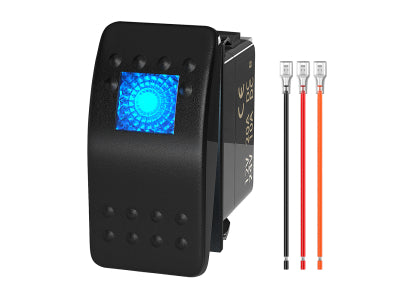

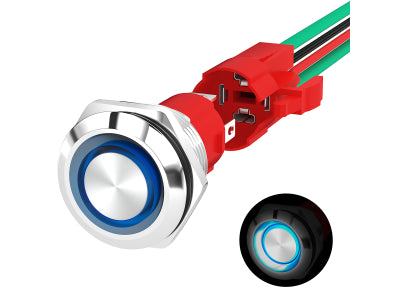
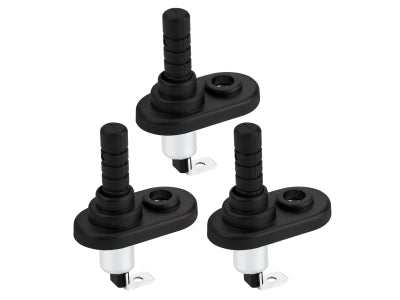


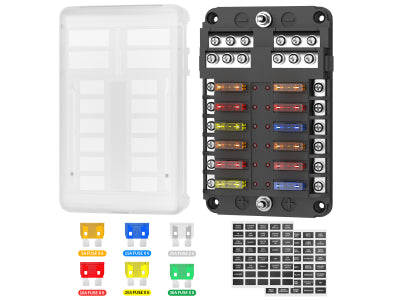

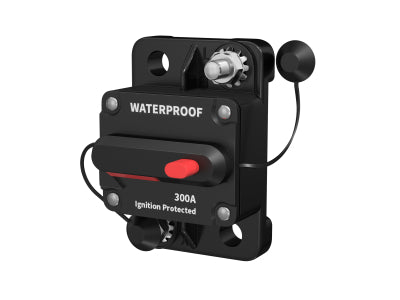
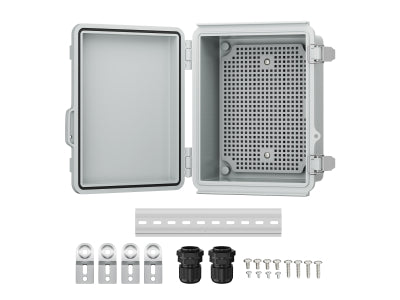
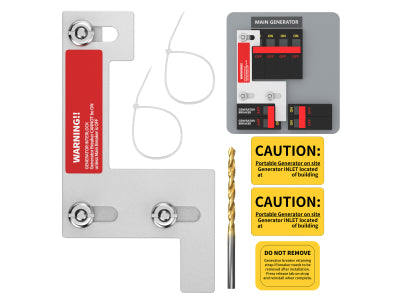
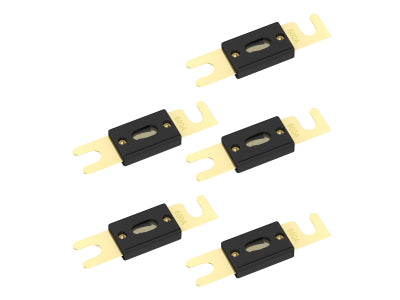
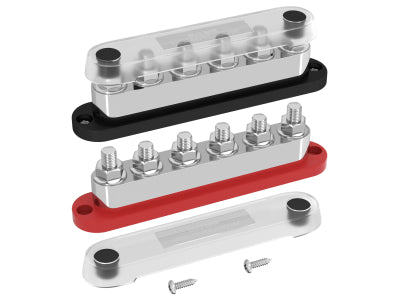
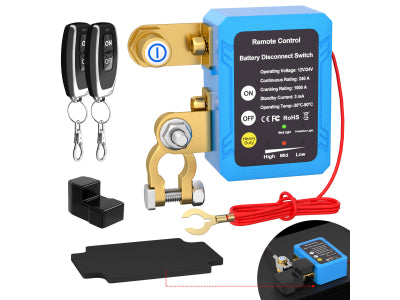
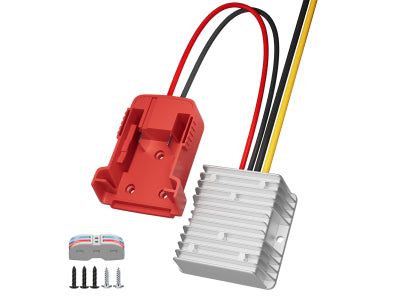
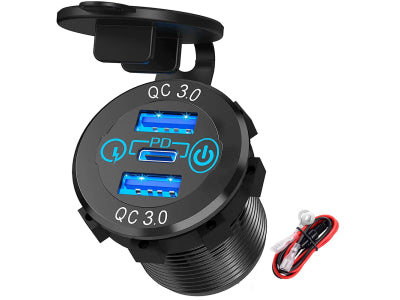
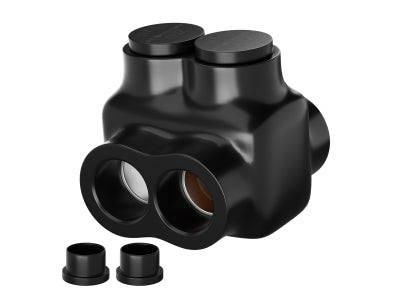


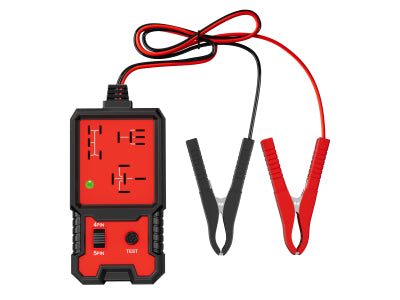
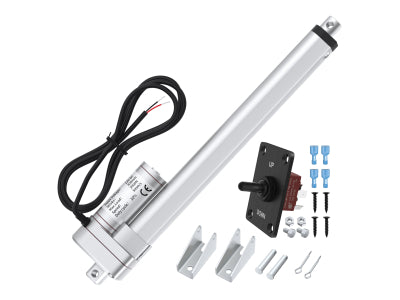
Leave a comment